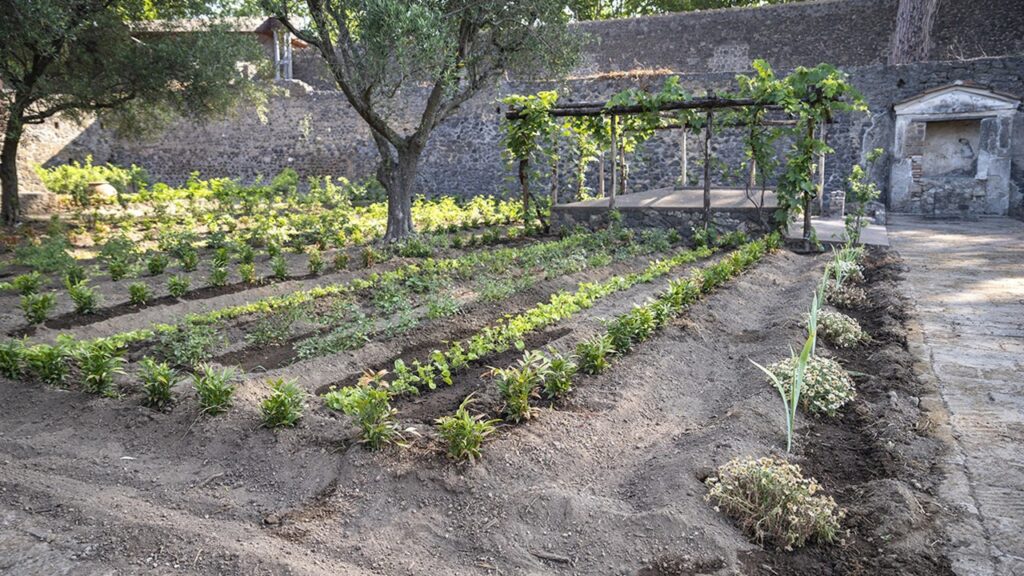The Pompeii Archaeological Park recently announced the reconstruction of Hercules’ garden, featuring 800 antique roses, 1,200 violets, and 1,000 Lascus plants. This garden, located near a structure known as Hercules’ home, also includes cherry trees, grapes, and pine trees. The site is significant due to a marble statue of Hercules found nearby. The garden exemplifies a “house of rows” typical in Pompeii and aims to reflect the ancient Roman practice of growing flowers for perfume, earning it the nickname “perfume garden.” The residence dates back to the 3rd century BC and was active until the eruption of Mount Vesuvius in 79 AD. Excavations of the site, which remained buried for nearly 1,900 years, revealed numerous Roman artifacts, indicating extensive renovations before its destruction. The project highlights ongoing archaeological discoveries at Pompeii, including insights into ancient Roman life and production.
Source link


